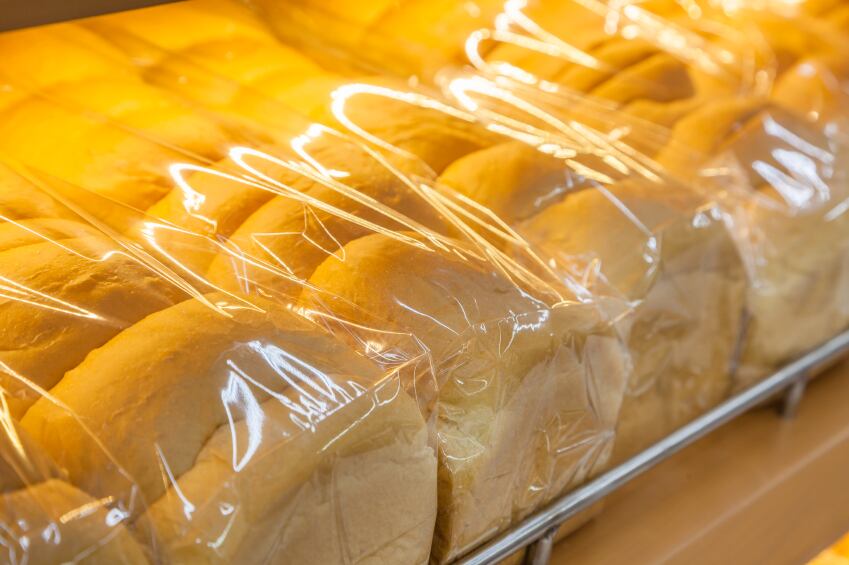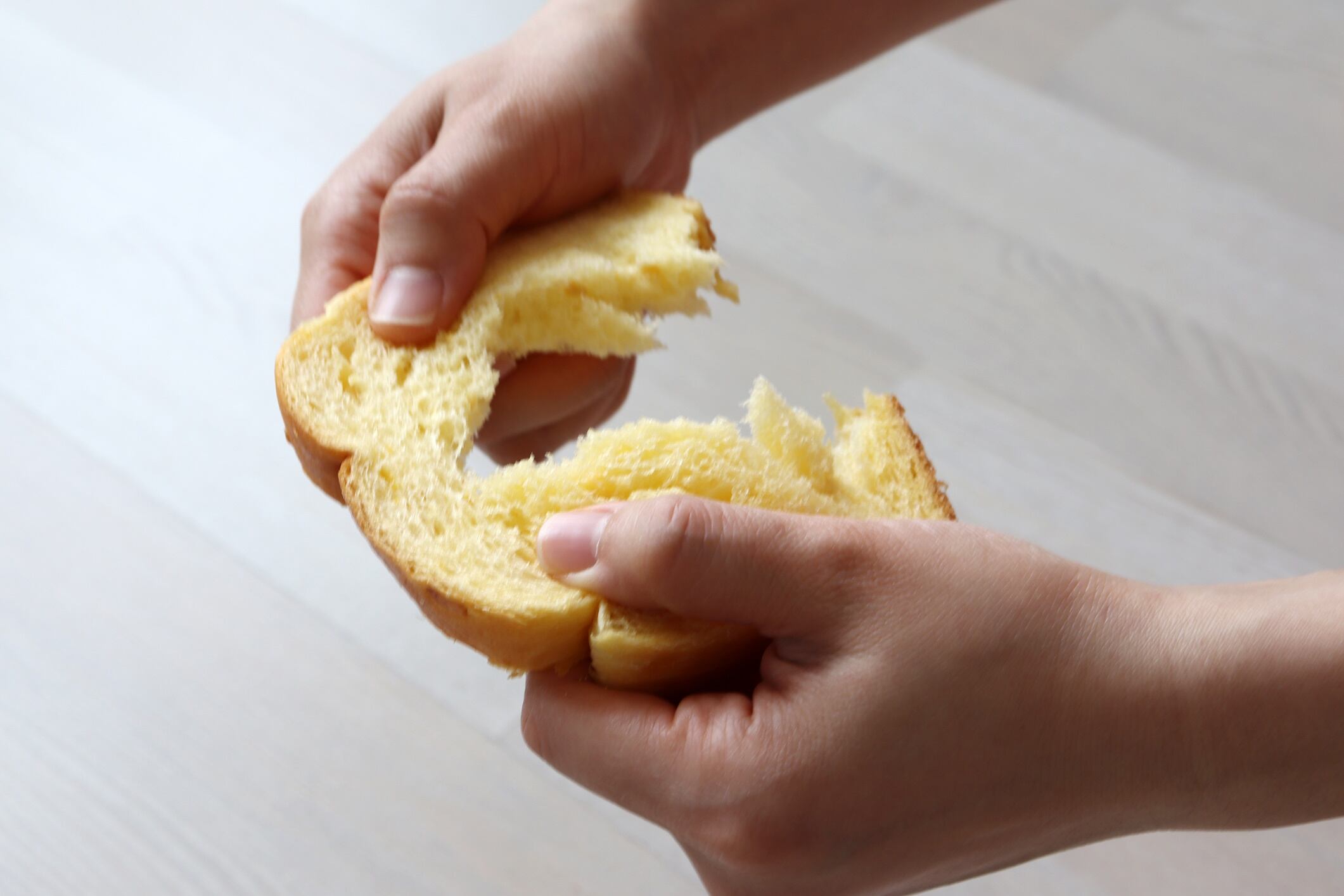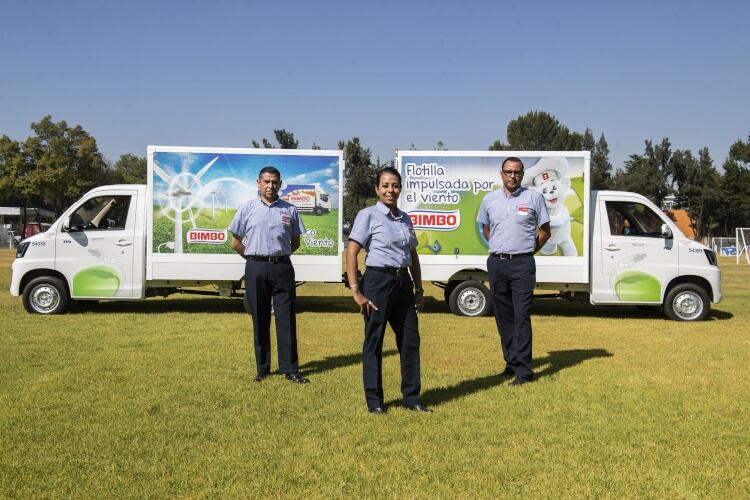In a quarter where most global consumer goods companies were either bracing for the worst or clinging to modest gains, Grupo Bimbo quietly pulled off a feat few are acknowledging: it not only posted record first-quarter sales but also revealed a playbook for surviving in one of the most difficult US consumer landscapes in decades.
On the surface, Bimbo’s headline numbers dazzled: net sales surged to Ps. 103.7 billion ($5.3 billion), a record for the first quarter, up 10.8% year-on-year.
Adjusted EBITDA rose 8% to Ps. 12.8 billion, even as margin pressures persisted. Its Mexico and EAA regions hit record highs. Latin America saw a 50-basis-point margin expansion.
But behind those glossy figures lies a much more nuanced narrative: one that reflects the tensions of a global food giant straddling divergent consumer behaviours, macroeconomic headwinds and shifting regulatory sands.
A crumbing middle in the US

The most striking part of Bimbo’s Q1 earnings wasn’t the record-breaking sales, but the brutal honesty with which its executives described the situation in the US, its largest single market.
“We’re seeing a bifurcation,” said Mark Bendix, executive VP for North America, during the company’s 29 April earnings call. “Economically stressed consumers are moving down to private label or other value offerings, while more affluent consumers are moving to more premium products. As the largest player in the mainstream, we have an oversized exposure to the middle, which is where the bulk of the category declines are occurring right now.”
The middle, in other words, is crumbling and Grupo Bimbo is being squeezed from both sides.
North America’s operating income plummeted 42% to just Ps. 802 million, while operating margins fell to 1.7%, down from 3.4% a year ago. Excluding foreign exchange effects, profit was down 52%. It’s the weakest performance across all regions – Mexico – by contrast, posted an EBITDA margin of 19%.
Yet rather than retreat, Bimbo is playing both sides of the divide, investing strategically in value and premium segments alike.
Latin America proves a bright spot in Q1
While Bimbo faced turbulence in North America and flat margins in EAA, Latin America emerged as a quiet growth engine for the world’s largest bakery during the first quarter of 2025.
Net sales in the region rose 5.2% year-over-year (excluding FX effects), buoyed by double-digit gains in Brazil and the Latin Sur division, along with solid performances in Central America, Colombia and Chile. These strong top-line results helped fuel a 50 basis point expansion in adjusted EBITDA margin, which now stands at 9.5% for the region.
This growth reflects both sustained consumer demand and the impact of regional initiatives rolled out last year, which have begun to yield returns. According to the Mexico-headquartered company, these include route optimisation, localised product innovation and strengthened commercial execution in high-potential markets.
The resilience of the Latin American consumer stood out in contrast to the softness seen in US channels. While inflation and currency volatility remain headwinds in some countries, Bimbo’s ability to balance affordability and innovation has helped it retain market share in key categories.
With macroeconomic pressures weighing heavily elsewhere, Latin America is proving to be one of Bimbo’s most dependable regions in 2025, positioning it as a cornerstone of the company’s global diversification strategy.
Value for the squeezed vs premium for the discerning

To address shrinking volumes in the US, Bimbo has rolled out a new price/value bread portfolio, including half-loaves under its Sara Lee brand and a repositioned Bimbo bread line at more accessible price points.
“These moves are designed to proactively address the slowdown in consumption trends through targeted and decisive strategies,” said CEO Rafael Pamias. “At the same time, we’re maintaining our market share across sweet baked goods, buns and rolls and snacks.”
But while most companies would be content defending their lower end, Bimbo is also doubling down on premium. It’s expanding distribution for Rustik – its European-style artisanal bread line – and launching protein-enriched and Hawaiian-style offerings for consumers trading up.
“This is about building relevance at both ends of the consumer spectrum,” said Bendix. “We’re doing selective promotions and leveraging channel-specific price pack architecture to meet consumers where they are.”
The premium-value ‘barbell strategy’ isn’t new in retail, but few traditional baked goods manufacturers have executed it with this degree of coordination. It also reveals the depth of Bimbo’s category expertise and a clear-eyed realism about where US consumers are heading in 2025.
Betting on bread

While headlines focused on North America’s softness, Bimbo was making strategic moves abroad that may ultimately prove more influential.
Notably, the company acquired Karamolegos Bakery in Romania, expanding its footprint in Eastern Europe. Romania, along with India, Morocco and the UK, helped drive a 4.5% sales increase (excluding FX) in the EAA region, where total net sales rose 22.3% in peso terms.
Labour costs in Romania, including the phasing out of wage subsidies, did impact margins, but Bimbo’s confidence in the region remained intact.
Meanwhile in Latin America, double-digit growth in Brazil and the Southern Cone, along with solid gains in Central America, Chile and Colombia, contributed to a 5.2% increase in sales and a 50 basis point expansion in EBITDA margin. This was despite ongoing currency and inflation volatility in several countries.
In Mexico, where the company is more insulated from global shocks, net sales reached Ps. 38 billion, a first-quarter record, thanks to a favourable mix, growth in salty snacks and a still-resilient traditional retail channel. The EBITDA margin rose a robust 120 basis points to 19%, driven by lower raw material costs and disciplined admin spending.
Nutrition and ethics

One area where Bimbo is flying under the radar is nutrition and ESG.
The company now reports that 45% of its global sales meet the 3.5-star or higher benchmark under the Health Star Rating (HSR) system (a voluntary front-of-pack nutrition labelling initiative used in Australia and New Zealand). While the HSR system isn’t used in the US or Europe, Bimbo says the metric reflects its broader efforts to align with international nutrition labelling standards. This push positions Bimbo as a player in the ‘positive nutrition’ movement sweeping through the food industry.
HSR vs Nutri-Score vs UK’s traffic lights
HSR: Scores foods from 0.5 to 5 stars based on overall nutritional profile.
Nutri-Score: Adopted in parts of Europe; rates A (green) to E (red), balancing positives (fibre, protein) and negatives (sugar, salt, fat).
Traffic lights: Red, amber and green labels per nutrient (fat, saturates, sugars, salt) per portion (per-nutrient guidance).
Bimbo also aligns with its recognition – for the ninth consecutive year – as one of the World’s Most Ethical Companies, a rare feat in the processed food space. These credentials could give the company an edge as regulatory scrutiny around ultra-processed foods (UPFs), sugar and additives intensify in several key markets.
Capital caution & margin pressure

Despite strong sales and diversification narrative, Bimbo isn’t immune to the pressures facing global manufacturers.
The company cut capital spending by 20% in the quarter but kept full-year guidance unchanged at $1.4-$1.5 billion. However, CFO Diego Gaxiola hinted that a further reduction may come in Q2. “We’re still analysing several projects,” he said. “But I wouldn’t be surprised if we moved slightly below the initial guide.”
EBITDA margin at the consolidated level contracted 30 basis points to 12.4%, driven by North American pressures and higher labour costs in EAA. Net profit fell 27% to Ps. 1.77 billion, reflecting these pressures as well as foreign exchange effects.
Bimbo also lowered its full-year sales growth guidance from low double-digit to high single-digit and now expects a slight contraction in EBITDA margin, rather than the initial forecast of slight expansion.
Its first quarter was far from flawless, but in a landscape of geopolitical volatility, polarised consumers and cost volatility, the company is showing uncommon agility. However, its strategy of playing both the value and premium sides of the bread market in North America is a bold attempt to reshape the middle rather than abandon it. Its expansion in overlooked but growing regions like Eastern Europe, Central America and India shows long-term thinking. And its sustained investment in nutrition and ethics may ultimately give it reputational resilience other multinationals lack.



